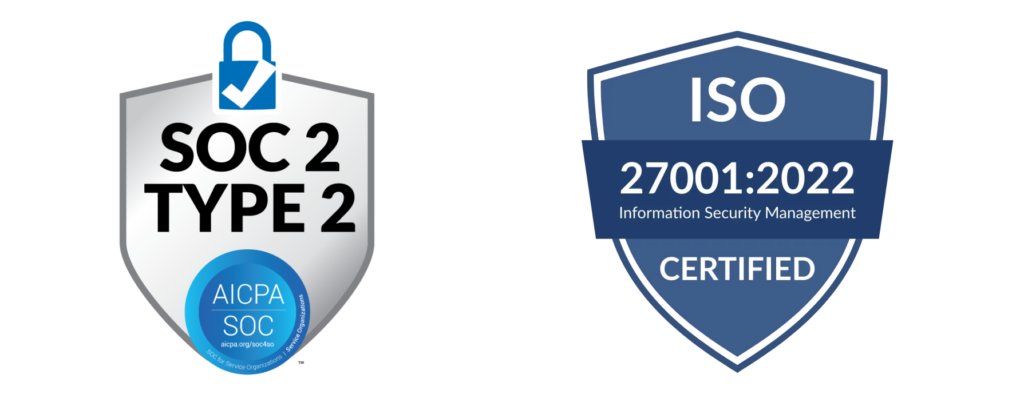Organizations use cloud identity and access management (IAM) permissions to control which resources the identities on their cloud environment are allowed to access.
Cloud identities can include:
- Users
- Groups
- Service accounts
- Roles
Why are cloud IAM permissions important?
Once organizations migrate systems and applications to the cloud, they rely on IAM to keep their cloud identities and resources safe. However, typical IAM solutions designed for on-site networks don’t map well to the cloud. Why?
The cloud is diverse: Cloud platforms have complex, shifting structures. They host far more tenants than typical data centers, across different hybrid and multi-cloud infrastructures. Typical IAM solutions can’t monitor access rights and privileges on this scale.
The cloud is dynamic: Users, resources, services, and APIs – often with very short lifespans – are continuously created and deleted on the cloud, and can be rapidly scaled up or down on demand. This makes it difficult to assign accurate permissions and prevent unnecessary exposure.
Security is a shared responsibility: Cloud providers are responsible for protecting the overall cloud infrastructure for their customers, such as the hardware, software, and networking services, but customers are in charge of everything that goes on inside their cloud environment, including system management, data protection, updates and patches, and IAM. Organizations facing this level of responsibility for the first time are more likely to make mistakes.
For these reasons, typical IAM controls don’t easily map to the cloud. This is why major cloud providers like Google Cloud Platform (GCP), Amazon Web Services (AWS), and Microsoft Azure each offer their own unique set of cloud IAM permissions that give organizations visibility over their cloud environment, allowing them to monitor and control cloud identities, grant or deny privileges, and protect sensitive cloud resources from unauthorized users.
What do cloud IAM permissions protect?
Cloud infrastructure is owned and operated by providers such as GCP, AWS, and Azure, which provide cloud IAM permissions that let administrators govern access to:
Roles: Groups of permissions based on shared job functions or responsibilities. Roles simplify permission management by assigning a collection of permissions to cloud users or groups in one action.
Policies: These specify the permissions granted to cloud identities or resources. Policies are flexible and can be applied at different levels, such as the organization, project, or resource hierarchy.
Identities: Users, groups, or service accounts that require access to cloud resources. IAM permissions are assigned to these identities to regulate their actions.
Resources: Objects or services hosted in the cloud, such as virtual machines, databases, storage buckets, or APIs, which are protected by IAM permissions.
Protecting cloud identities with a CIEM
Cloud permissions aren’t universal. Each cloud provider offers its own set of authentication, authorization, and auditing features. In total, AWS, Azure, and GCP support more than 21,000 unique permissions. Though these tools and practices do similar things, they compete, overlap, and use different terminologies. This means cloud IAM permissions can’t be used in tandem, which makes it difficult for organizations using multiple cloud providers to standardize their IAM policies and track IAM permissions across the cloud. This can expose security gaps and vulnerabilities if organizations start resorting to manual IAM processes or shoehorning typical IAM practices into their cloud environment.
Cloud Infrastructure Entitlements Management (CIEM) solutions like Rezonate help organizations centralize and manage their cloud IAM permissions across multiple cloud environments. They provide end-to-end visibility across cloud infrastructure and reveal the permissions, access paths, and activity patterns of cloud identities, helping organizations identify weak spots and tackle them before they lead to security risks. This, in turn, leads to better, more consistent audit trails, prevents the risks of misconfigurations, and ensures compliance across multiple cloud platforms.

